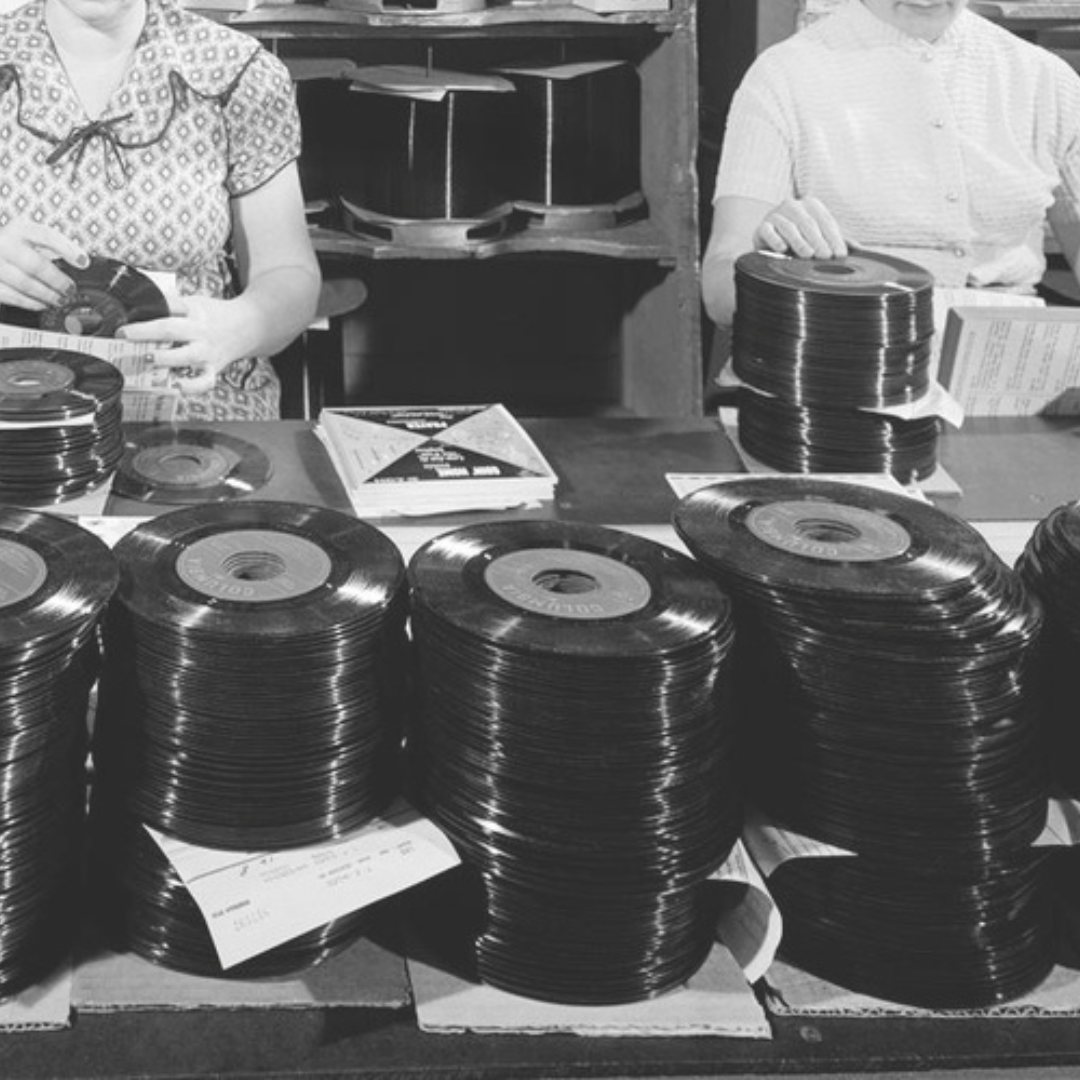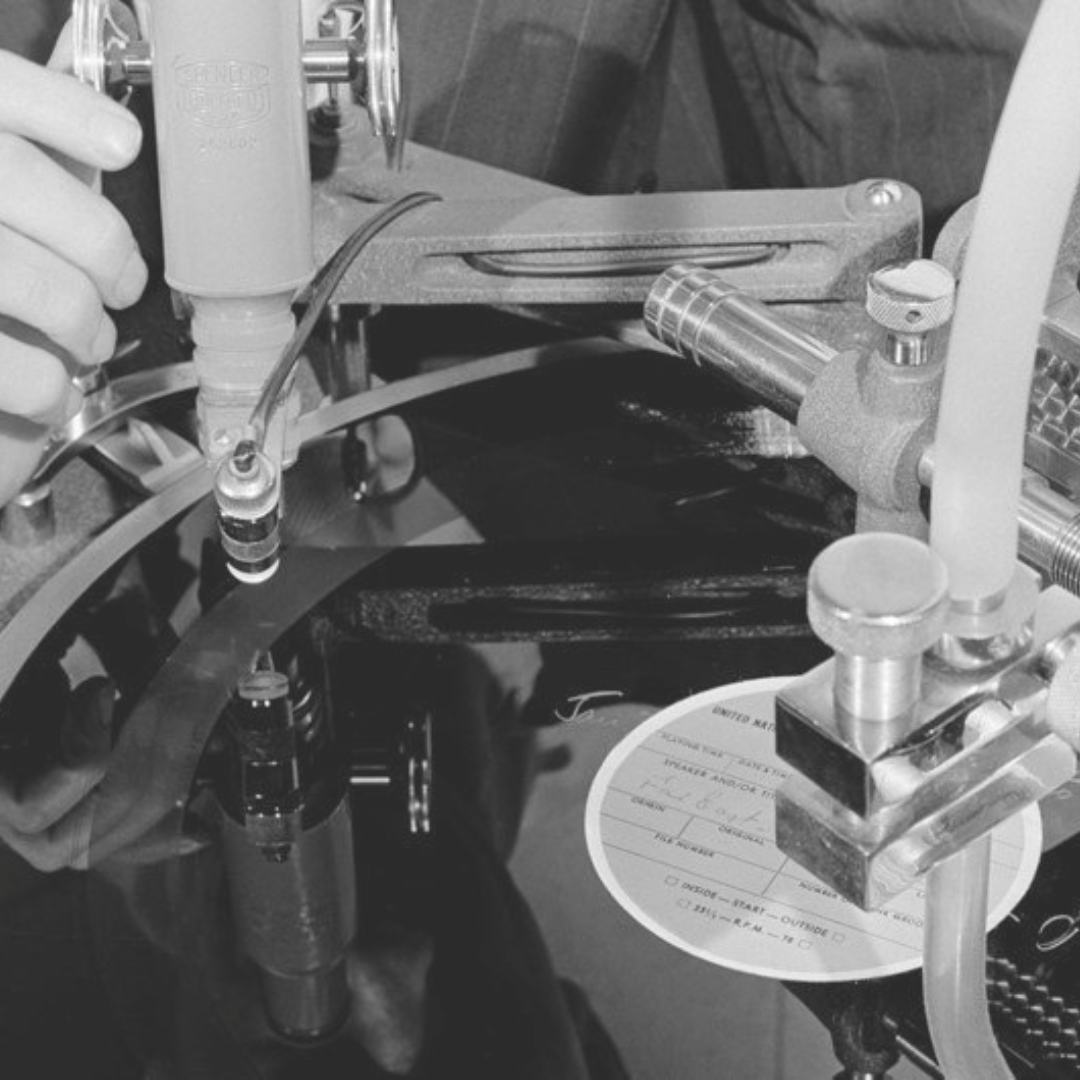by Mateus Genero
The Brazilian Dictionary of Terminology (Arquivo Nacional, 2005, p. 107) says that information is a “referential element, notion, idea, or message contained in a document.” By preserving and conserving the media that contain this information, whether it be books, tapes or records, we, as humanity, can ensure the continuity of this information and, as a result, make sure it remains available to be accessed and used.
From the 1950s to the 1990s, there were several obstacles to recording an album, due to the high cost of its production, media expansion and the selectivity of record companies in the choice of releasing a certain work by an artist.
Many of them could not record what they wanted and ran the risk of not being selected when trying to innovate, because this kind of work did not bring security to the record companies. Something that, influenced the number of works released and their respective copies released to the market.

Nowadays, these problems meet us. You see, there are many works with a high musical level, but with a low number of copies released. And when we take into consideration their release times and the uncertainty of their current state of preservation, it is not difficult to imagine how worrisome this can be to this role.
Three main causes of damage and deterioration of vinyl records
Contrary to what it looks like from the LP’s solid appearance, it is a delicate article that deserves care in its handling. This is because, quite simply, on that PVC disc the sound waves are literally drawn. Then, as the needle of the record player passes through the engraved groove, the sound is reproduced. In other words, any damage to its surface can create scratches, marks, or warping that will interfere with the final audio result.
Here we have separated the three main causes of damage and deterioration of vinyl:
Mechanical
Mechanical damage occurs when there is inadequate use of the equipment that will touch the support, or even a lack of experience by the person handling such equipment. To limit this type of damage, the equipment must be in perfect and complete condition for use, with maintenance and cleaning up to date.
Chemical or Environmental

With regard to chemical or environmental breakdown, media can become more prone to damage if exposed to prolonged temperatures and extreme humidity, direct contact with cleaning agents, and exposure to water. Disk covers in poor condition and with dirty, dusty, torn wrappers can also subject the media to damage.
Handling
Damage due to handling can occur during cleaning and even when transporting the disk from one place to another, and can scratch, break, and even warp.
Preservation Solutions
Although this scenario is not the best, it is still possible to save various records, acting singularly or in collaboration with communities of music diggers. And forms of music preservation, there are the following main points: researching, collecting, archiving, cataloging, and digitising music recordings.
Research and Collection

Musical research for the appreciation of rare works for pure entertainment or for archiving purposes can be done both in person and digitally. Finding these records and adding support to the musical communities to find them is an action that can be carried out today.
Archiving & Digitisation

Storing original works of art in an appropriate way brings security to the expansion of history to the following generations. Although every care is taken, there is still the risk of loss of quality of the original work.
For this reason, it is extremely important to digitise them, so that these works are not lost to the wear and tear factors caused by poor filing, handling, and the relationship of the work with time and the environment.
It is clear that plural participation is crucial in the historical preservation of music. By working together, we can ensure that the music of our past is preserved for future generations to enjoy.
In our next article dive into the history of music recording and production.





